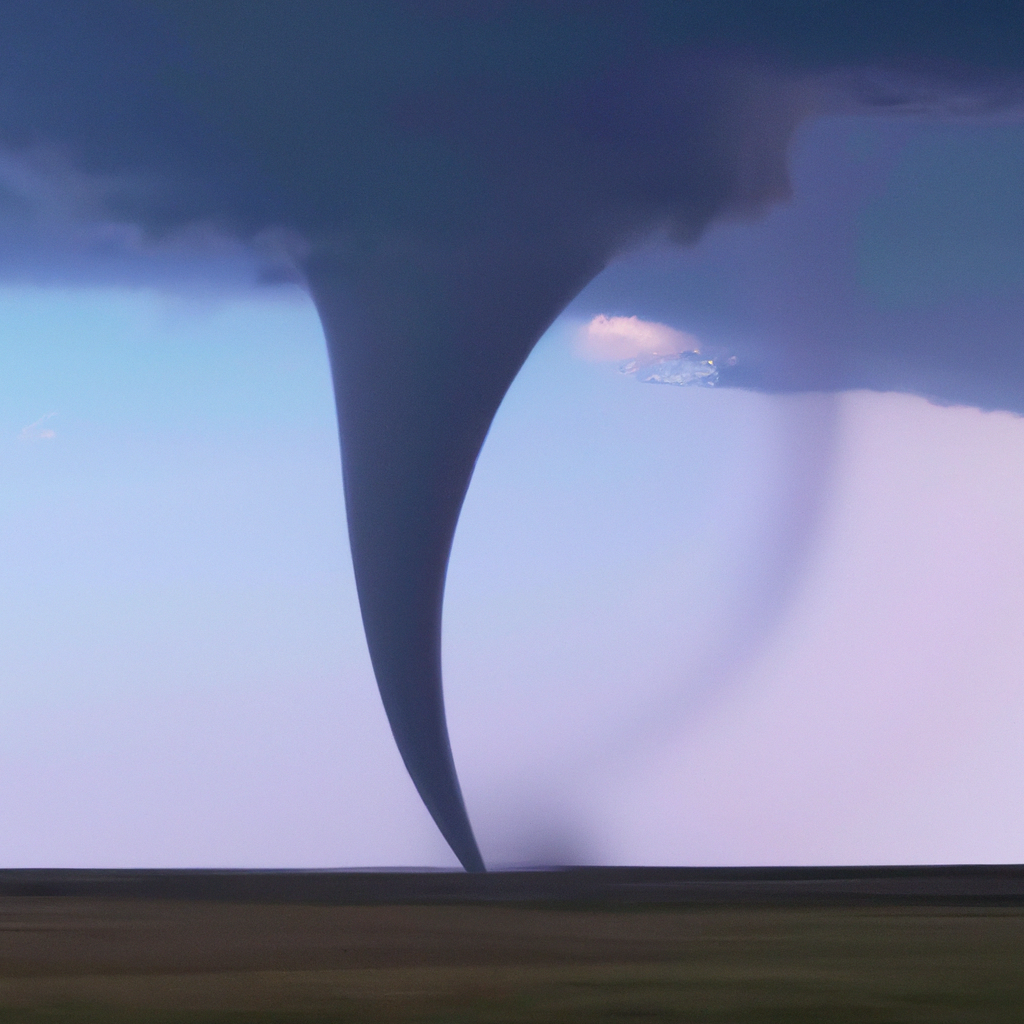Tornadoes are some of the most destructive natural phenomena on earth. They are violent rotating columns of air that form in thunderstorm clouds and reach down to the ground. Tornadoes are known for their ferocity and can cause severe damage to structures and loss of life. In this article, we will dive deep into the topic of tornado formation, exploring the causes of tornadoes, the development of tornadoes, the genesis of tornadoes, and how tornadoes are formed.
Tornado Formation:
Tornadoes form from thunderstorms that are capable of producing strong winds, hail, and lightning. However, not all thunderstorms produce tornadoes. Tornadoes are formed when specific conditions are met. These conditions include a warm moist surface overlaid by cool dry air aloft. The interaction between these two air masses sets in motion the processes that lead to tornado formation.
Causes of Tornadoes:
Tornadoes are caused by the interaction between warm and cool air masses in the atmosphere. Warm and moist air rises from the surface and meets with cool and dry air aloft. This interaction sets up a dynamic instability that can lead to the development of a thunderstorm. As the thunderstorm intensifies, it can produce strong updrafts that can rotate and stretch the air. This rotation can be enhanced by the presence of wind shear, which is a change in wind direction and speed with height. The combination of these factors can create a rotating column of air that can extend from the base of the thunderstorm to the ground.
Tornado Development:
Tornado development can be broken down into three stages. These stages are the dust-whirl stage, the organizing stage, and the mature stage.
Dust-whirl Stage:
During the dust-whirl stage, a rotating column of air develops beneath the base of the thunderstorm. This rotating column of air is called a mesocyclone. The mesocyclone pulls in air from the surface and begins to rotate. As the mesocyclone rotates, it can cause dust and debris on the surface to be lifted up and form a visible funnel cloud.
Organizing Stage:
During the organizing stage, the funnel cloud begins to extend towards the ground. The mesocyclone continues to rotate, and the funnel cloud becomes more defined. At this stage, the tornado is still not in contact with the ground.
Mature Stage:
During the mature stage, the tornado touches down and becomes a fully formed tornado. The tornado is at its most destructive during this stage, and it can cause severe damage to structures and vegetation.
Tornado Genesis:
The genesis of a tornado is still not entirely understood. However, scientists have identified some of the conditions that are necessary for tornado formation. These conditions include a strong vertical wind shear, a warm and moist surface, and a cool and dry upper atmosphere. When these conditions are met, a thunderstorm can develop, and the stage is set for tornado formation.
How Tornadoes are Formed:
Tornadoes are formed when specific conditions are met. These conditions include a warm and moist surface overlaid by cool and dry air aloft. The interaction between these two air masses sets in motion the processes that lead to tornado formation. As the thunderstorm intensifies, it can produce strong updrafts that can rotate and stretch the air. This rotation can be enhanced by the presence of wind shear, which is a change in wind direction and speed with height. The combination of these factors can create a rotating column of air that can extend from the base of the thunderstorm to the ground.
In conclusion, tornadoes are some of the most destructive natural phenomena on earth. They are formed from thunderstorms that are capable of producing strong winds, hail, and lightning. Tornadoes are caused by the interaction between warm and cool air masses in the atmosphere. The development of tornadoes can be broken down into three stages, the dust-whirl stage, the organizing stage, and the mature stage. The genesis of tornadoes is still not entirely understood, but scientists have identified some of the conditions that are necessary for tornado formation. Tornadoes are formed when specific conditions are met, including a warm and moist surface overlaid by cool and dry air aloft. The interaction between these two air masses sets in motion the processes that lead to tornado formation.







